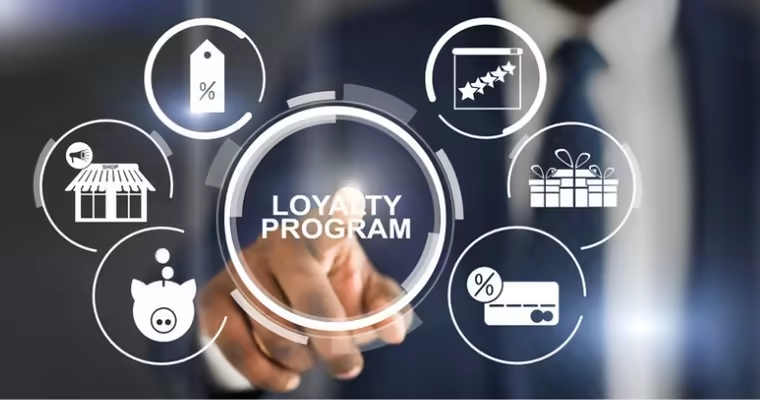In today’s business world, companies are constantly exploring ways to keep their customers loyal and coming back for more. One effective approach that has been proven to boost customer loyalty and drive growth is the introduction of a loyalty program. By offering rewards, benefits, and incentives, companies can foster a sense of loyalty among their customers, creating a situation.
To fully grasp the advantages of loyalty programs, it's essential to understand the concept of Customer Lifetime Value Formula. CLV is a metric that calculates the revenue that a customer will generate for a company throughout their relationship. By determining CLV, businesses can gain insights into the profitability of customers and make informed decisions regarding marketing strategies and customer acquisition efforts.
A designed loyalty program not only aids in retaining existing customers but also enhances their value by encouraging increased spending, repeat purchases, and advocacy. Studies have revealed that customers enrolled in loyalty programs tend to spend an average of 12-18% more than those who are not partaking in programs. This presents a case for businesses in industries to invest in loyalty programs.
The Advantages of Loyalty Programs
1. Improved Customer Engagement
Loyalty programs offer businesses an opportunity to engage with customers and establish connections. By providing rewards, incentives, and personalized experiences, companies can create relationships with their customers. Consequently, this enhances the customer experience and fosters a sense of loyalty.
2. Enhanced Customer Retention
One of the benefits of loyalty programs is their ability to boost customer retention rates. By offering rewards and incentives to patrons, companies encourage them to continue choosing their products or services instead of seeking alternatives. Exclusive perks and privileges like access to releases, complimentary items, or discounts make customers feel valued and appreciated.
3. Increased Customer Advocacy
When customers feel valued and appreciated by a company, they are more likely to become advocates for the brand. Not only will they continue doing business with the company themselves, but they will also recommend it to friends, family, and colleagues through organic word-of-mouth marketing. This can significantly impact a company’s success since potential customers are more inclined to trust recommendations from people they know.
4. Increased Consumer Spending
Loyalty programs can also result in customers spending money. When customers are given rewards for their loyalty, such as discounts, special offers, or free products, they tend to make purchases. Studies have actually shown that members of loyalty programs tend to spend more than those who are not part of programs. By utilizing customer data and customizing offers, companies can further motivate customers to increase their spending.
5. Valuable Customer Insights
Loyalty programs offer a wealth of data and insights that can help businesses gain an understanding of their customers’ preferences and behaviors. By tracking customer interactions, purchase history, and patterns of redemption, companies can acquire insights into what their customers prefer. These insights can then inform marketing strategies and the development of products.
Best Practices for Creating Effective Loyalty Programs
While implementing a loyalty program brings benefits, it is crucial to design it in a way that aligns with the target audience and business objectives. Here are some recommended practices to consider when creating a loyalty program;
1. Personalization: Customize rewards and incentives for customers based on their preferences, purchase history, and engagement levels. This level of personalization will make customers feel valued and increase their loyalty.
2. Gamification: To make the loyalty program more engaging and enjoyable, consider incorporating elements of gamification, like point systems, badges, or levels. This will encourage customers to participate and strive for rewards.
3. Seamless Integration: It's important to ensure that the loyalty program is seamlessly integrated across touchpoints such as platforms, mobile apps, and physical stores. This way, customers can easily redeem their rewards regardless of how they choose to engage with the brand.
4. Clear Communication: Make sure to communicate the benefits and rewards of the loyalty program consistently. This will help customers understand the value they can gain by participating in the program, ultimately encouraging their engagement.
5. Continuous Improvement: Regularly analyze how effective your loyalty program is. Collect feedback from customers and make adjustments to keep it relevant and valuable.
Conclusion
Loyalty programs are a tool for businesses to foster customer loyalty, increase customer lifetime value (CLV), and drive growth. By offering rewards, perks, and incentives, companies can enhance customer engagement, boost retention rates, drive advocacy among customers, and ultimately increase customer spending.
Creating loyalty programs that are tailored to individuals, incorporating a gaming element blend with services, and effectively communicating with customers can establish enduring relationships between customers and businesses, resulting in mutual benefits.
Related: The Future of POS Technology: Trends to Watch in 2024



